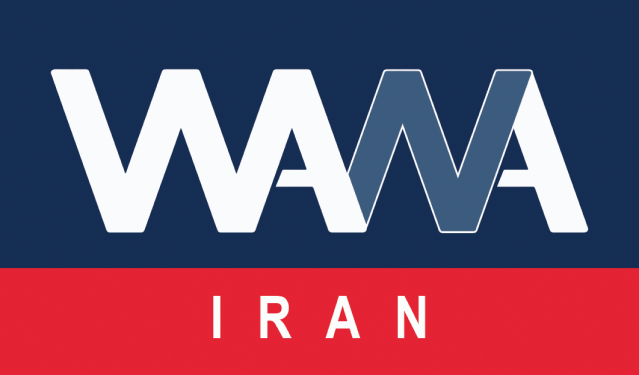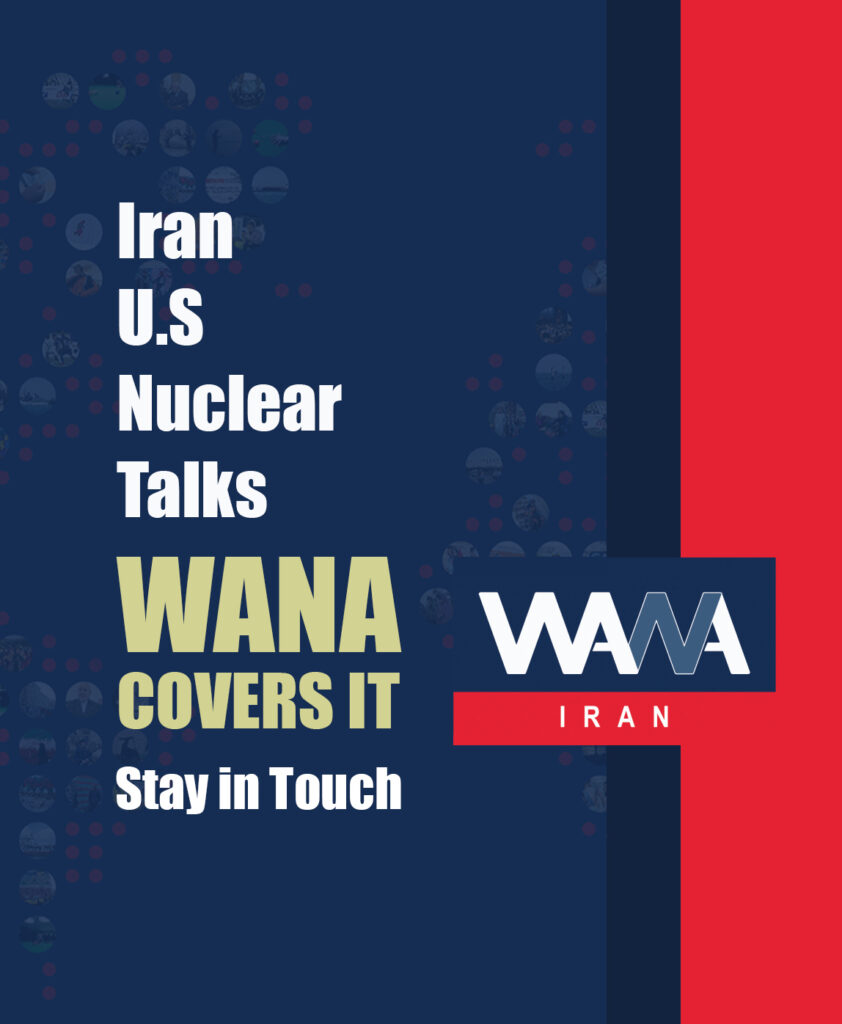No War, No Peace; Just Crisis Management
WANA (Apr 11) – The indirect talks between Iran and the United States, mediated by Oman, are designed in a way that they’re never officially labeled as “negotiations“—yet they carry all the features of one. It’s a precise, layered, multi-dimensional game that may seem like a side event to many, but in reality, it’s a crucial piece of the puzzle shaping the future order of the region.
The question many are asking today is: Are the Oman talks happening with the Supreme Leader of Iran’s green light? Technically speaking, the answer is yes—but it’s merely a permission, not an order. This distinction isn’t just semantic. In Iranian politics, the difference between “authorization” and “instruction” marks the line between a short-term tactic and a long-term strategy.
An order implies belief. A permission implies tolerance. The absence of an order suggests there’s no firm belief in the effectiveness of this path—it’s only allowed for managing the current situation, not as a permanent solution.
The Islamic Republic doesn’t see negotiations with the U.S. as a diplomatic process but rather as an ideological act. In the official logic of the Iranian system, negotiating with the U.S. is not just a mistake—it’s seen as a form of legitimizing the structure of global domination. Thus, talks only become possible when their symbolism is neutralized:
No flags, no signatures, no cameras.
Within this framework, indirect talks focused solely on one specific issue (the nuclear program), and conducted only through message exchanges, become justifiable.
Not to solve the issue—but to contain the crisis.
Not to reach an agreement—but to control the trajectory of confrontation.

A model of an Iranian missile is seen during a gathering in Support of Gaza in Tehran, Iran, April 9, 2025. Majid Asgaripour/WANA (West Asia News Agency)
On the other side, Trump’s policy is crystal clear: increase pressure to the brink of war—without actually crossing that line. The combination of military threats and limited diplomacy is what the U.S. calls coercive diplomacy.
But the key question is: Does Iran negotiate under such pressure?
The reality is, Iran negotiates to neutralize coercive diplomacy—not to surrender to it. Understanding this distinction is crucial to analyzing Iran’s behavior in Oman.
Why are these talks happening?
Because Iran is seeking time, not concessions.
Because the U.S. wants to test Tehran’s resolve, not rush into a deal.
Because both sides know they don’t want war—but still want to keep each other near its edge.
In truth, these talks are a tool to reduce the cost of not having an agreement.
Not a path to reconciliation, but a method of managing friction.
There are three key obstacles to any lasting agreement:
1. Ideological conflict within the Islamic Republic: Even effective direct negotiations with the U.S. carry a heavy identity cost.
2. Trump’s unpredictability: His erratic decision-making lowers Iran’s appetite for risk.
3. Regional spoilers (like Israel): Any deal has enemies—and those enemies have influence.
These three factors form the pillars of an unstable equation. The only viable outcome? A minimal agreement: crisis control—not crisis resolution.
Direct or Indirect? Iran, #US Split Over Format of Negotiations
Following the announcement by Iranian and American officials about the start of #negotiations between #Iran and the U.S. on the upcoming Saturday in Oman, there is a discrepancy in…https://t.co/WV3LEURvFy
— WANA News Agency (@WANAIran) April 8, 2025
What we are witnessing is not the beginning of a deal, but a delay in confrontation.
Muscat is not the end of anything—neither the conflict nor the beginning of peace. It’s merely an effort to preserve balance in a world where that balance grows shakier by the day.
Iran’s Supreme Leader has left the door to engagement open—but has not stepped through it. The Iranian government is testing scenarios—within strict limits. The U.S. is applying pressure—but still wary of going too far.
At this moment, Iran and the U.S. are neither partners nor battling enemies. They are two rivals who understand that eliminating the other completely is impossible.
So instead of war or reconciliation, they are—at least for now—focused on managing hostility.













